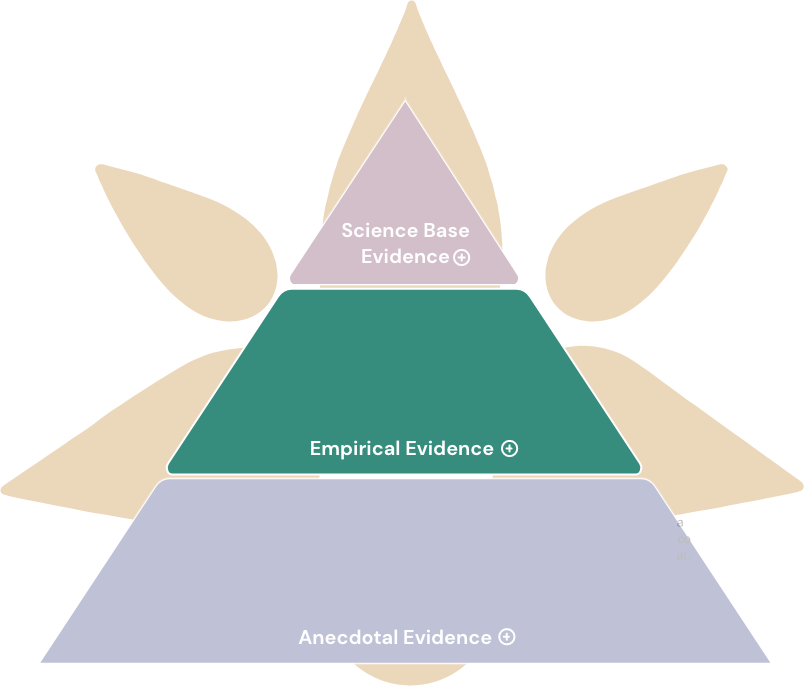Statistics & Data
Headaches By The Numbers

Level of Evidence: Empirical
Apothecare has ranked Headaches & Migraines on the middle level of the evidence pyramid.
Headaches & Migraines
Alternative options are available to manage the symptoms of migraines and headaches. There are several types of headaches with different symptoms and severity.
Some of the more common forms of headaches are discussed below: Tension type headaches are the most common and are generally what most people experience. These headaches produce symptoms of a pressure band circling around the temples, forehead, and back of the head which can last hours to days. Tension type headaches are chronic if they occur at least 15 days out of the month for more than 6 months. For patients who experience chronic headaches, they may need to take daily medication to reduce the frequency.
Cluster headaches are the most painful type of headache. They present as excruciating pain usually on one side of the head and can also cause a blocked nose with watery eyes. This type of headache is much shorter in duration compared to other headaches, lasting between 20 minutes to 2 hours.
Migraines are generally more painful than tension type headaches but less painful than cluster headaches. They can cause light and smell sensitivity, throbbing pain of the head, face and neck, sinus congestion, dizziness and nausea. Some people also experience a visual aura before the onset of a migraine. The aura is a sensory disturbance that ranges from seeing sparks and zig zags to a tingling sensation on one side of the body or an inability to speak clearly. The aura can serve as a warning sign that a migraine may occur.
Make sure to connect with a knowledgeable pharmacist for a personalized headache or migraine assessment!